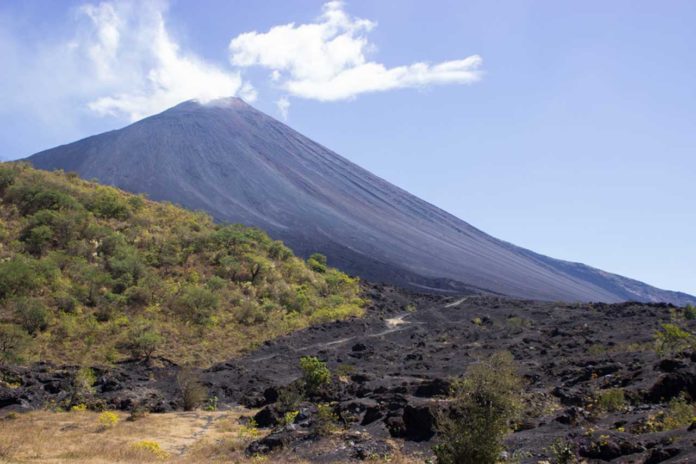The collapse of unstable volcanoes prompts landslides, one of the significant dangers of volcanic eruptions.
The large volcanic eruption indicates a flank of the unstable volcano, and there could be a collapse.
In a new study, Penn State Scientists suggests a more sensitive time-series method to detect these mountains’ long-term movements. The technique uses satellite images to identify previously overlooked instability at some volcanoes.
Utilizing the time-series technique, the scientists discovered surface deformation related to flank motion at Pacaya, an active volcano in Guatemala, from 2011 to 2013 when the volcano was mostly quiet and expanded, paving the way to an ejection in 2014. Past work had not recognized flank motion during this time.
Christelle Wauthier, associate professor of geosciences, said, “People have looked at that volcano with satellite remote sensing but did not detect this long-term flank motion or creep. Because the surface deformation changes are pretty small per year, it can easily be below the detection limits of conventional methods, but still within the limits of Judit’s work using a time-series approach.”
Using radar satellites, scientists could track surface deformation and spotted changes of just a few inches on the ground. When they compared two of these images using the conventional Interferometric Synthetic Aperture Radar (InSAR) technique, they got an interferogram, essentially a surface movement map.
In any case, the quality of the InSAR results decreases with the time separating two images. It can be influenced by even small changes, as vegetation growth or a buildup of ash spewed from a volcano.
Judit Gonzalez-Santana, a doctoral student in the Department of Geosciences, said, “You can use many of these short-term surface movement maps to give you information of surface displacement over a long time period. Then you can look at the surface deformation maps and see how much each pixel has been moving since the date the first image was acquired, for example.”
Scientists noted, “The results provide finer detail of volcanic flank motion, and can reveal upticks in the rate that creep is occurring, like at Pacaya before the eruption in 2014.”
Wauthier said, “This kind of creep is not uncommon and not particularly dangerous on its own, but if you have extra forcings like from magma being pressurized and pushing against the wall of the chamber or intrusion, it can trigger a catastrophic collapse. To be able to understand the behavior of the instability and potentially detect changes in rates of motion is very critical for monitoring that potential collapse.”
“The method shows promise for identifying deformation particularly at volcanoes that lack expensive real-time monitoring networks and those located in tropical areas with thick vegetation that creates problems for traditional InSAR.”
Journal Reference
- Unraveling long-term volcano flank instability at Pacaya Volcano, Guatemala, using satellite geodesy. Journal of Volcanology and Geothermal Research, 2020; 107147 DOI: 10.1016/j.jvolgeores.2020.107147
